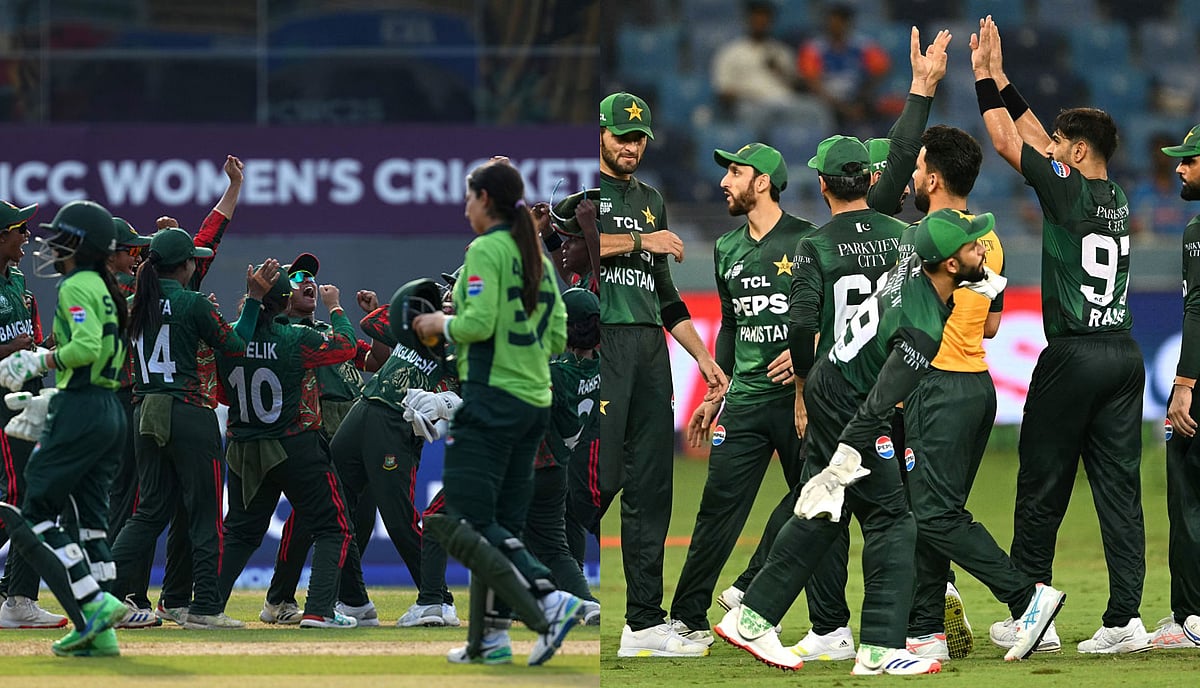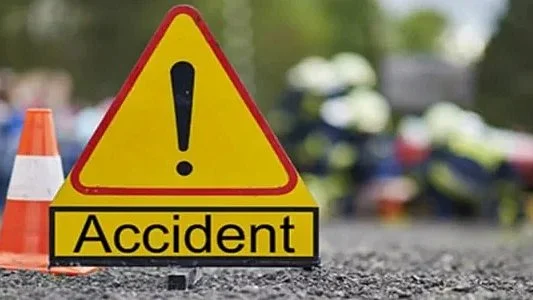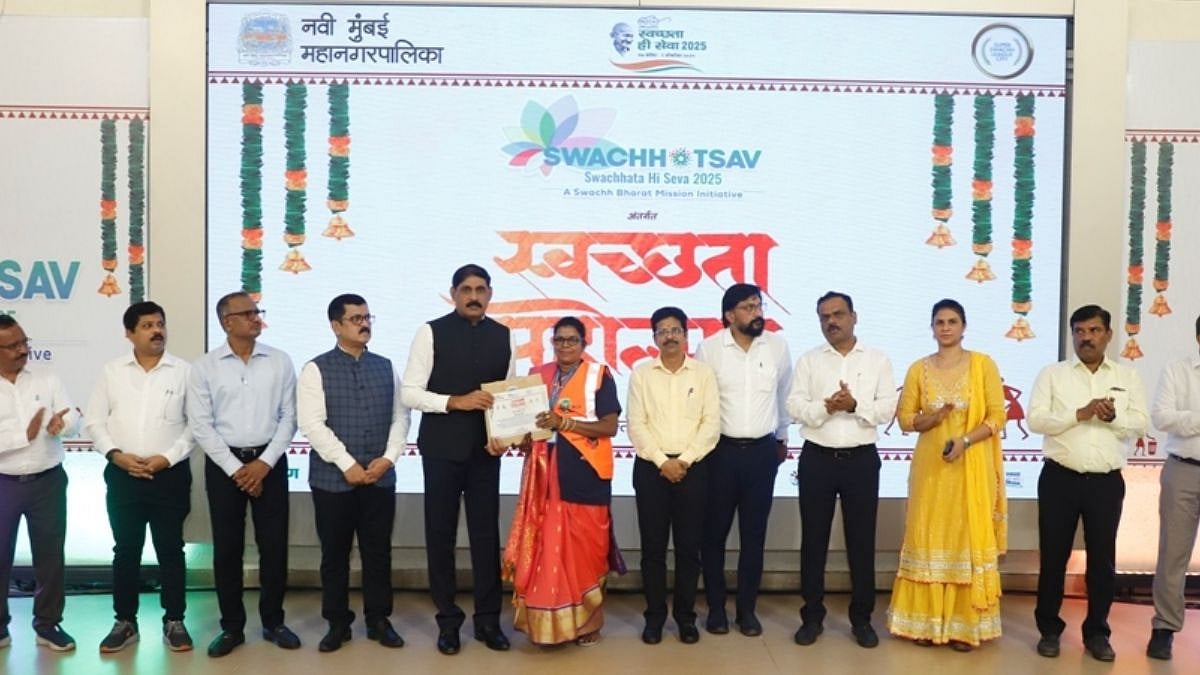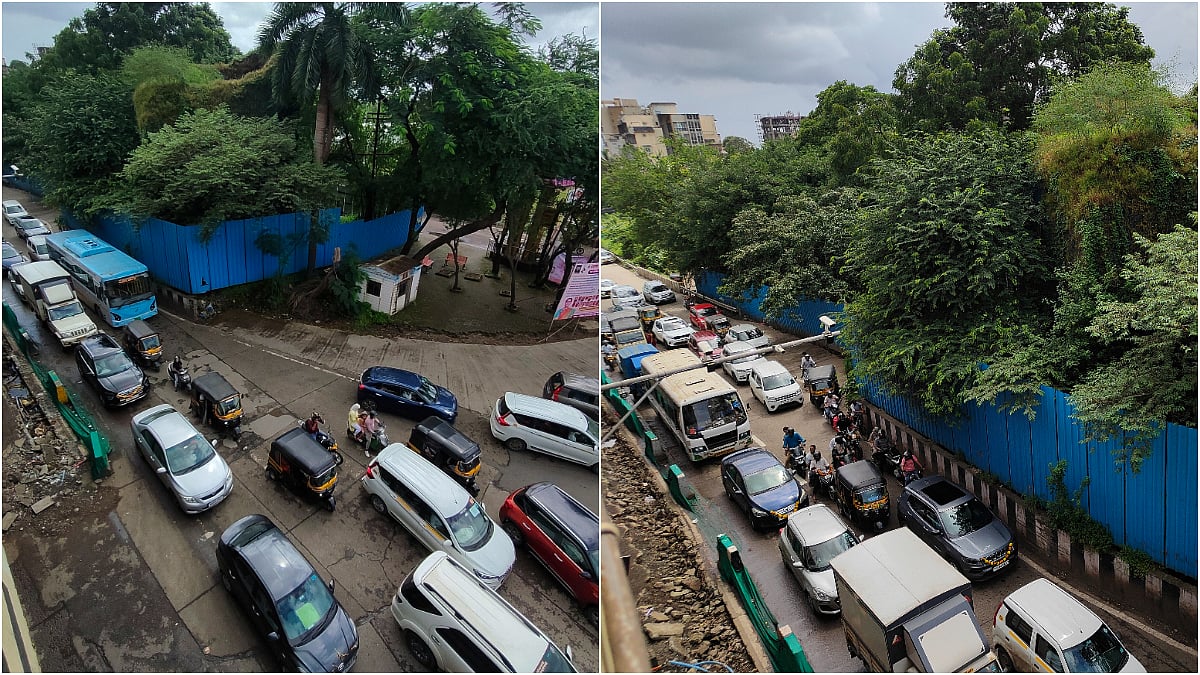Justifying the reservation to the Maratha community, the state government has asserted that the community is socially, economically and educationally backward and has been “completely out of the mainstream”.
Justification for Maratha Reservation
Highlighting the report prepared by the Maharashtra State Backward Class Commission (MSBCC) led by retired Justice Sunil B Shukre, the affidavit states that the community has regressed, especially since 2018, and hence there was a need to enact the Maharashtra State Reservation Act 2024.
The state has filed an affidavit in response to a batch of petitions challenging the law passed by the Maharashtra legislature granting 10% reservation to the Maratha community under the Socially and Educationally Backward Class (SEBC) category in government jobs and education. The law was passed on February 20, and the Governor's notification was issued on February 26.
Farmer Suicides And Distress In Maratha Community
The report, submitted on February 15 after conducting “scientific and empirical survey” across 1,58,20,264 households, states that the over the years, there has been a “drastic increase” in the number of suicides amongst the Maratha community members, which is 94.11% as against the 5.18% in the open category.
“The Maratha community also witnessed a deeply disturbing trend of increasing suicide rates. A staggering 38% of the famer suicides were from the Maratha class, demonstrating their deep anguish and hopeless desperation. It is a matter of record that as many as 95 Maratha youths committed suicide in the year 2023-24,” the affidavit filed by secretary of the General Administration Department Sumant Bhange stated.
The Rane Committee (which was not a statutory commission) in 2014 found that 36.26% farmers who died by suicide belonged to the Maratha community, whereas the Gaikwad Commission in 2018 stated that the Marathas constituted 80.28% of death by suicide by farmers.
Alarming Increase Of Child Marriages In Maratha Community
There has been “alarming increase” in girl child marriage rates in the community, which is a a significant 13.70% as compared to 7.07% in the open category. In 2018, the previous MSBCC, headed by retired Justice MG Gaikwad, had found that the girl child marriage rate was 0.32 per cent.
The male child marriage report among Marathas stands at 11. 69% while it is 14.79% in the open category.
Maratha women engaged in manual labour constitute 43.76% as against 14.06% from the open category. Men from Maratha community engaged in manual labour is 44.98% as against 21.33% from the open category.
The report adds that 58.76% of Maratha women said they were subjected to indignity and faced discrimination and violence.
Flagging the “increasing trend” of households following superstitious beliefs, the Shukre commission said that 43.40% Marathas practice such beliefs as against 15.49% families in the open category. The number stood at 29.28% in 2014 and 39.82% in 2018.

Decline in Maratha Representation in Government
The Shukre Commission found inadequate representation of the community in all sectors of public services, and said the Marathas have remained completely out of the mainstream due to their backwardness.
The total representation of Marathas in government services has decreased from 14.63% in 2018 to 9% in 2024. As per the Narayan Rane committee, in 2014, the community had 14.68% representation.
The Shukre Commission referred to extreme poverty, decline in agricultural income, and partition of land holdings as reasons for the current status of the Marathas.
Changing Economic Landscape And Financial Challenges Faced by Maratha Community
Interestingly, the number of Maratha households below the poverty line had decreased sharply in the last six years. In 2018, the Gaikwad Commission found that 37.28% Maratha households were living below poverty line, whereas the Shukre Commission said it had reduced to 21.22%.
The number of households below the poverty line in the open category was 18.89%, slightly less than the Marathas.
The landless households in Marathas has increased to 31.17% in 2024 as against 8% in 2018. The report stated that 31.23% of Marathas were denied bank loans in 2024 as against 5.37% from the open category.
Education Disparities and Justification For Reservation
Educational indicators clearly illustrate the Maratha Community’s lower education attainment levels, especially in terms of completing secondary education and achieving graduate, post graduate degree and professional courses.
“Commission on the basis of the educational indicators found that they clearly indicated that the Maratha community had attained lower levels of education as compared to the open category, especially in terms of completing secondary education and achieving graduate, post graduate degrees and professional courses,” the state affidavit added.

Hence there are “extraordinary circumstances or exceptional situations” justifying the breach of 50% benchmark in reservations in the state, the affidavit emphasises. Also, “the representation of the Maratha community in the political field by a handful number of politicians belies the reality revealed by the situation on the ground”.
Findings of Shukre Commission
Educational indicators clearly illustrate the Maratha Community’s lower education attainment levels, especially in terms of completing secondary education and achieving graduate, post graduate degree and professional courses.
The Maratha households below poverty line and having yellow ration cards are 21.22 % while Open category households below poverty line are 18.09 %. The percentage of Maratha households is more than the State average (17.4%) shows that they are economically backward.
The Maratha class is inadequately represented in all sectors of public employment and therefore, deserves special protection in terms of an adequate amount of reservation in services.
It is found that the non-creamy layer category is 84 % of the Maratha Community.
Vulnerable Maratha class has suffered abject poverty for decades on account of its primary source of income being agriculture and same being depleted every passing year
The Commission finds that, population of the Maratha class is 28 % of the total State population. There is already a substantial number of castes and groups placed in reserved category getting about 52 % reservation altogether. It would, therefore, be completely inequitable to place such a Maratha class of 28 % in the State in the said OBC category.


.jpg)







